Combat Trains - Season 1
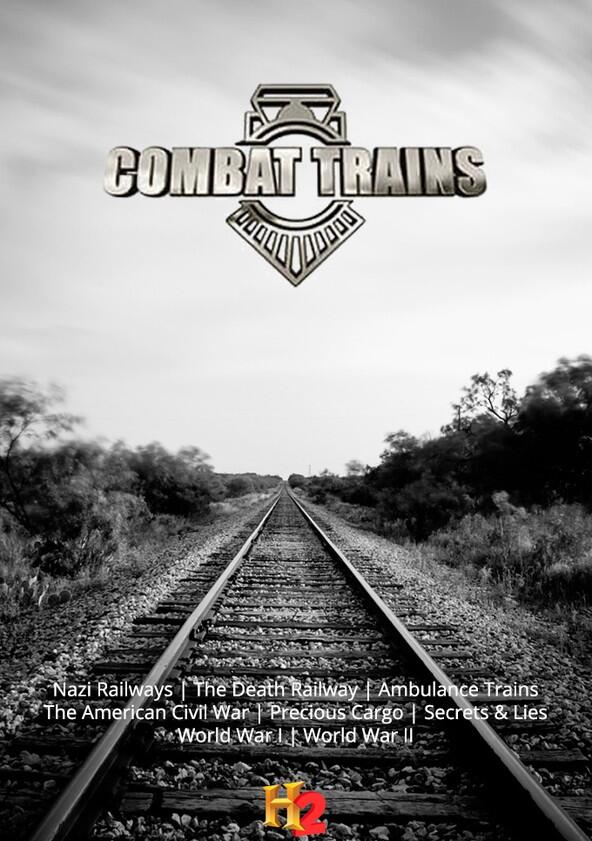
Season 1

Episodes
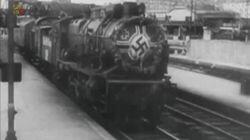
Nazi Railways
Nazi Germany boasted that its locomotives were faster and more innovative, and this program examines that claim by looking at the "flying trains". The Reichsbahn was responsible for the army's massive railway guns and using the stunning archive of a surviving K5 gun in action, military historian Al Koenig explains its success. Hitler preferred automobiles to the train, and historian Christian Wolmar argues that this was a fatal flaw - leading to defeat in Russia. Through the story of two Auschwitz survivors, we reveal how an entire railway network, involving thousands of people, was used to carry out mass murder.
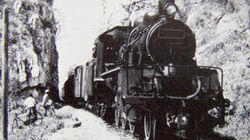
The Death Railway
Veterans and historians of the Thai-Burma railway tell the story of its construction. Built to supply Japan's invasion of India, it cost thousands of lives - both POWs and Asian slave labourers. Shot on location, the episode describes the building of one of the harshest sections of the line - Hellfire Pass, and seeks to explain cruelty of the Japanese railway engineers. Using a stolen engineer's map, historian Rod Beattie explains how a key section was built. Lt Colonel Huw Parker, a serving Royal engineer, explores the Wampo Viaduct - the largest surviving wooden construction on the railway, and pays tribute to the men who died building it.
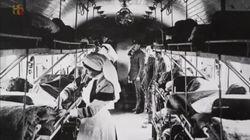
Ambulance Trains
In the 19th century weapons became more sophisticated and more deadly, and the results were higher casualties with devastating wounds. Trains were part of the problem but they became part of the solution with the introduction of ambulance trains. These hospitals on wheels were first introduced in the American Civil War, but were vastly improved in the First World War. Medical historian Emily Mayhew takes the journey made a century ago by the wounded from trench to Home Front hospital, whilst Edgar Jones of the Maudsley Hospital explains how shell-shock victims were transported and treated.

The First Railroad War
During the American Civil War the nature of conflict changed fundamentally. Both Union and Confederate Generals used trains to bring thousands of reinforcements, leading to longer and more frequent battles. It was the North who exploited the railroads the better - through geniuses such as Herman Haupt, who developed techniques of swift railroad construction - and destruction. The episode tells the story of the Great Locomotive Chase - an attempt by Northern spies to steal the locomotive The General. The conflict that divided America helped its unification - the lessons learnt in the war were used to build the Transcontinental Railroad that opened four years after the fighting ceased.
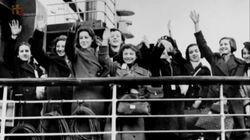
Precious (or Critical) Cargo
Four railway journeys that changed modern history: 24 year-old Winston Churchill boarded an armoured train during the Boer War hoping for a newspaper scoop. He was captured, but became world famous after escaping. In 1917 Lenin crossed Europe in a sealed train, aided by the Germans who hoped that he would drag Russia out of the war. The infamous Hungarian Gold Train that contained plundered Jewish jewellery and gold was an exercise in naked greed at the end of the Second World War, whilst the Kindertransport saved almost 10,000 Jewish children from certain death. John Fieldsend and Dame Stephanie Shirley give a moving account of their journeys.
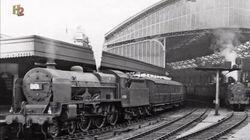
Secrets & Lies
The strategic importance of trains has resulted in many elaborate schemes and methods being devised to destroy them. Historian Neil Faulkner tells the story of Lawrence of Arabia and his pioneering guerrilla warfare against the railways of the Ottoman Empire. We track down a train used by the SOE in the Second World War to teach their agents how to de-rail locomotives. Under New York's Grand Central Terminal is a railway secret: a generator called M42 that its claimed Nazi spies tried to destroy in the Second World War. Under New York's Waldorf Astoria is another secret: rusting in a siding is President Roosevelt's personal train that brought him secretly into the city.
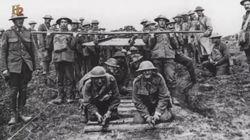
World War One
The story of the trench warfare of the First World War is well known. What is less well known is that the efficiency of the railway networks of both sides helped cause that stalemate. The programme describes the German Schlieffen Plan to use rail networks to invade France, and in the city of Liege how the Belgian railway workers resisted that invasion. On a light railway that still operates in the fields of the Somme, their extraordinary power and versatility is revealed. The programme looks at the remarkable work in France of the British Railway Operating Division and the bravery of its crews.

World War Two: The Homefront
Between 1939 and 1945 war came to Britain's railways. By now an established technology, in the Second World War trains operating in Britain came into their own - bringing troops back home after the humiliation of Dunkirk, as well as taking hundreds of thousands of city children to safety. The programme interviews eye-witnesses to both railway adventures, and discovers the disused Tube station where the evacuations were coordinated. There are tales of the heroism of the railway staff during the Blitz, and how a small siding in a Hampshire railway station played its part in the preparations for D-Day.
Recently Updated Shows

Only Connect
Quiz show in which connections must be made between apparently unconnected things, where patience and lateral thinking are as vital as knowledge.

MobLand
With the most powerful clients in Europe, MobLand will see family fortunes and reputations at risk, odd alliances unfold, and betrayal around every corner; and while the family might be London's most elite fixers today, the nature of their business means there is no guarantee what's in store tomorrow.
MobLand follows two generations of gangsters, the businesses they run, the complex relationships they weave and the man they call upon to fix their problem.

Red Eye
After attending a medical conference in Beijing and coming frighteningly close to dying in a car crash, Dr. Matthew Nolan arrives home and is immediately arrested at London's Heathrow Airport. Exhausted and confused, Nolan is accused of the murder of a woman who was in the car he crashed. Despite his protests that he was driving alone, Nolan is set to return to China to face charges.
DC Hana Li is the no-nonsense London officer charged with accompanying Nolan back to Beijing. Her resentment for this assignment, and of Nolan himself, is immediate. However, in flight, when a first death occurs, DC Li begins to suspect foul play. Further deaths confirm that Nolan is in danger, and after a call from MI5, Hana finds herself embroiled in an escalating conspiracy.
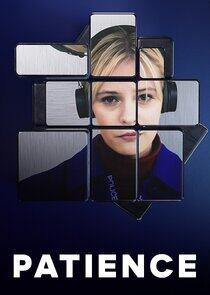
Patience
Patience Evans works in the criminal records department of Yorkshire Police, cataloguing and filing the evidence produced during major cases. A young autistic woman, she craves routine and order, relishing the solitude and structure her job provides but she yearns for more. A brilliant, self-taught criminologist, Patience has an instinctive eye for crime scenes and a passion for problem-solving.

Watson
In Watson a year after the death of his friend and partner Sherlock Holmes at the hands of Moriarty, Dr. John Watson resumes his medical career as the head of a clinic dedicated to treating rare disorders. Watson's old life isn't done with him, though — Moriarty and Watson are set to write their own chapter of a story that has fascinated audiences for more than a century. Watson is a medical show with a strong investigative spine, featuring a modern version of one of history's greatest detectives as he turns his attention from solving crimes to addressing the greatest mystery of all: illness, and the ways it disrupts our lives.